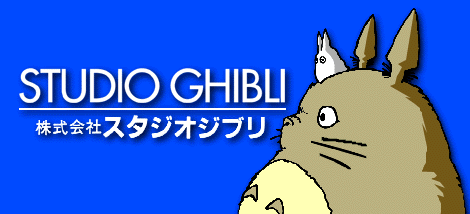1992-Porco Rosso
Porco Rosso could be described as a labour of love for Hayao Miyazaki, its creator and director. The film is interesting in that it has a clearly defined historical and geographical setting. It is set between the two World Wars in a town probably near to Fiume (a former independent state before its annexation back to Italy).The film tells the story of Porco Rosso a man who has been cursed to live his life as a pig. He was a successful fighter pilot in the Italian air force before giving it up to become a bounty hunter. We join Porco at a point of turmoil in his life. He is beset by fascists wanting his blood, pirates wanting revenge and a jealous rival for the affections of his true love Gina.
The film thematically is one of Miyazaki's most intentionally political. Numerous times in the film does Porco Rosso proclaim his anti-fascist sentiments in line with the production of an increasingly fascist world around him. For my money, the characters in Porco Rosso are some of the director's most fleshed out and vivid, providing a great insight into the depth of feeling in Europe at that time. Also it of course has a romantic dimension, although it certainly doesn't manopolise the film in any way.
Porco Rosso combines Miyazaki's duel loves of Italy and aviation in a film that manages to appeal to a wide range of viewers. However , the film may be a bit to slow paced for the younger audience who it may be better to play Totoro for in another. It is also a film that rewards repeat visitors more than many others in the Ghibli repertoire.
1994-Pom Poko
Pom Poko is a showcase of the animation and genius of isao Takahata. The film had its Japanese theatrical release in 1994. It was Takahata's third release for the studio and entirely a creation of his own mind.The film deals with the distruction of the Tokyo habitat of the Japanese native tanooki or "raccoon dog" population. It draws heavily on Japanese folklore depicting the animals as fun loving and mischievous with the power to somehow change form into whatever they so wish. Together the animals must find a way of stopping the logging companies from destroying their home in the face of rapid suburban sprawl in Tokyo.
The principal themes in this film are nature and the environment. Takahata has no qualms in lingering on people scenes of nature that he has created in the film to show what we lose when we let the beauty of nature be destroyed for our comfort.
Trivia: The film features appearances by Totoro, Kiki, Taeto from Only Yesterday and Porco Rosso. In Japanese a Pompoko (or Ponpoko) is a tanooki drum whereby the animal would inflate its belly or testicles and bang to scare away enemies. The film is set in a real Japanese development project known as the Tama New Town, built in the 1960s it is the largest of its kind in Japan.
Pom Poko joins Totoro and Grave of the Fireflies as some of my favourite movies in the incredible Ghibli catalogue. The film has a startling environmental message with a strong impact but yet manages to be drenched in humour and entertain for all of its two hour run time. An unmissable and brilliant masterpiece of animation Takahata proves again that he has no business in the shadow of Miyazaki.
And so that concludes part four. Here are the links to the first three parts. Expect part 5 later in the week.
Me and Studio Ghibli: Part 1
Me and Studio Ghibli: Part 2
Me and Studio Ghibli: Part 3
Leave a comment below. Tell me what you think of the series or the films. Always delighted to hear form you.

Pom Poko! One of my faves!! The symbolism went right over my head but still loved it to bits! A little surprising first time you see a full view of the little buggers! XD
ReplyDeleteI love how it has such a strong message but is also easily the funniest in the ghibli catalogue.
ReplyDelete